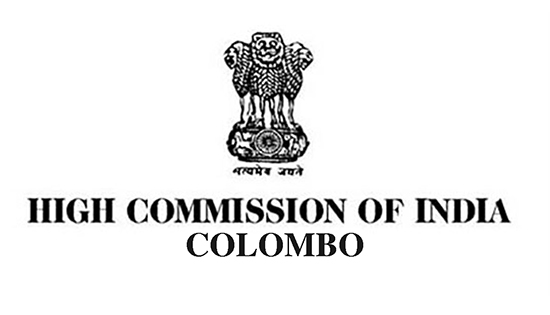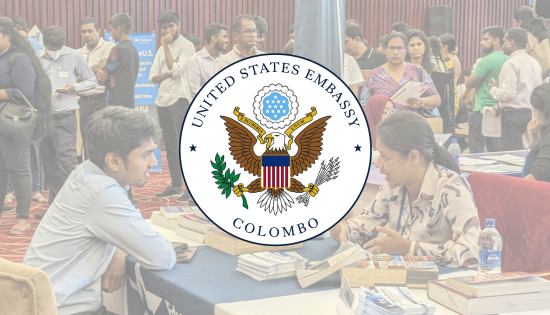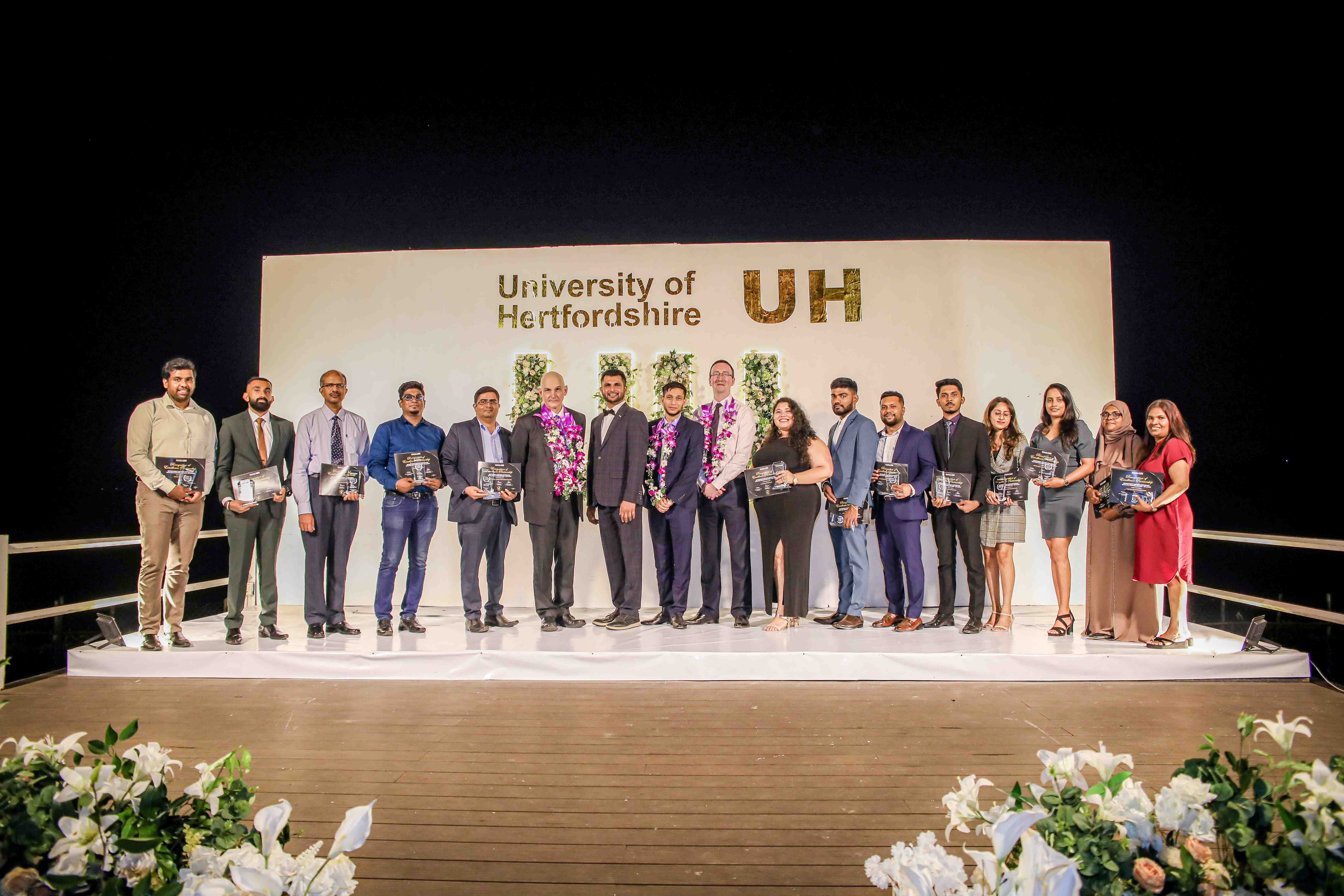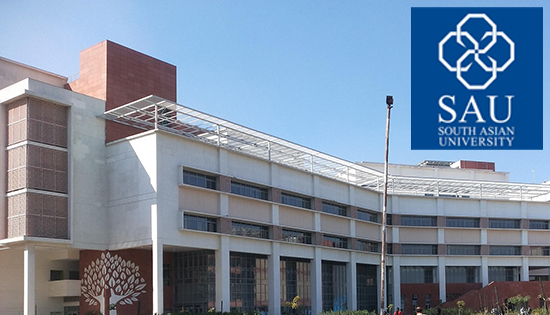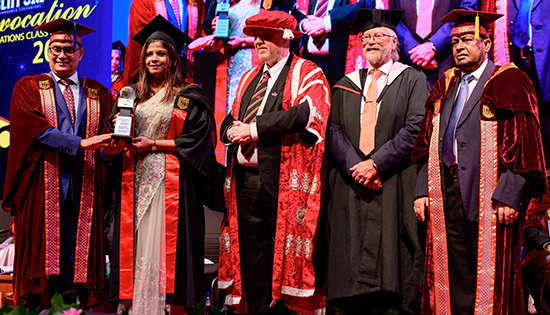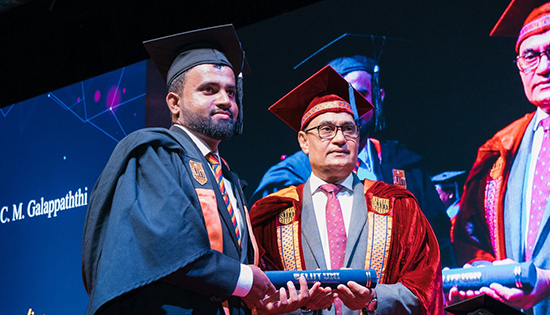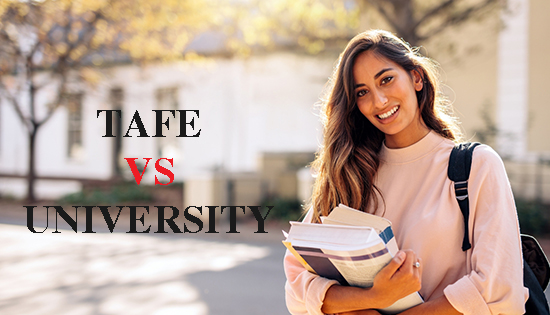School meal programme : Initiative to distribute 735 MT of fortified rice commences

The distribution of fortified rice, provided by the World Food Program (WFP) on behalf of the program initiated under the instructions of President Ranil Wickremesinghe, to provide a nutritious meal for school students, commenced at the Veyangoda warehouse complex today (Apr 19).
According to the President’s Media Division (PMD, fortified rice is being provided for school meals in an effort to reduce iron deficiency among school children.
This distribution will be conducted under the supervision of M.H.A.M. Riflan, Director General for the Partnership Secretariat for World Food Programme Co-operation (PSWFPC), which operates under the purview of the Presidential Secretariat.
As planned, the distribution of 735 metric tons of rice to provincial-level schools commenced today as part of the first phase and will continue tomorrow (20). This rice stock is being delivered to schools under the supervision of officials from the respective Provincial Departments of Education and Public Health Inspectors (PHIs).
Meanwhile, Director General for the PSWFPC, Riflan said 378.835 metric tons of dhal, 412.08 metric tons of sunflower cooking oil, and 300 metric tons of dates will be distributed to schools following the start of the new school term on May 19.
Accordingly, the Ministry of Education has implemented measures to provide a main meal at school for all students in grades 1-5 across the country. Following nutritionists’ recommendations, students receive breakfast between 7:30 a.m. and 8:30 a.m. daily before engaging in educational activities.
Under the theme of ‘Healthy Active Generation,’ the 2024 school meal program aims to reduce nutritional problems among students, increase daily school attendance, foster good eating and health habits, contribute to the improvement of educational achievement levels, and fulfil the fundamental objectives of promoting local food culture.
The school feeding program for this year extends its benefits to 1.6 million students, including primary students from 9,134 government schools, as well as smaller schools with fewer than 100 students.
A budget of Rs. 16.6 billion has been allocated to the nine provincial councils by the government, supplemented by sponsorship from entities such as the World Food Program (WFP) and the United States Department of Agriculture (USDA).

Related News
Master’s Degree any student can do and they are in High Demand
In today's rapidly evolving global job market, Sri Lankan students have a unique opportunity to enhance their career prospects by pursuing master's…
Read MoreSouth Asian University (SAU), New Delhi Expands Academic Offerings and Opens Admissions for 2025-26
South Asian University (SAU), established with the vision of "Knowledge Without Borders," has announced the commencement of admissions for the 2025-26 academic…
Read MoreSLIIT celebrates academic excellence at the March 2025 Convocation
SLIIT, recognized as Sri Lanka’s No. 1 Non-State University, standing 3rd nationwide in Times Higher Education World University Rankings 2025, successfully concluded…
Read MoreTake the Next Step in Your Academic Career with SLIIT’s MPhil & PhD
SLIIT Business School is now accepting applications from students and professionals looking to pursue their research and career ambitions through the prestigious…
Read MoreTAFE vs University, which is the Better Choice for Studying in Australia?
Navigating the educational landscape in Australia presents a pivotal decision for aspiring students, particularly those from Sri Lanka seeking to enhance their…
Read MoreCourses
-
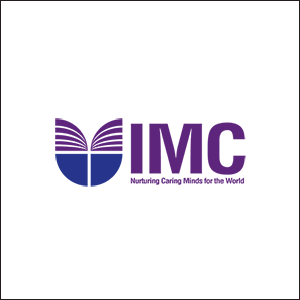
IMC – Bachelor of Psychology
IMC Education Overview IMC Campus in partnership with Lincoln University College (LUC) Malaysia offers Bachelor of Psychology Degree right here in Sri… -

ANC – BA (Hons) International Business Management (Top-Up)
ANC Education Overview Designed in partnership with public and private business organizations, this program develops one’s ability to critically evaluate business models… -
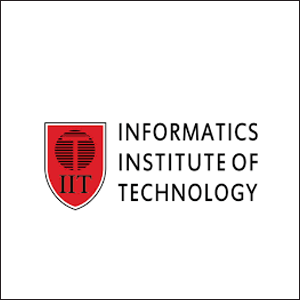
IIT – BSc (Hons) Computer Science
IIT Campus Overview BSc (Hons) Computer Science provides a solid foundation and training regarding the fundamentals of the computer science field, along… -
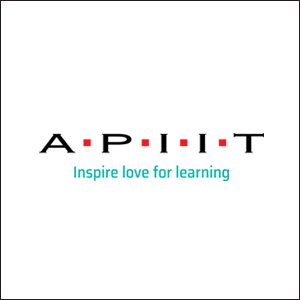
APIIT – BSc (Hons) Cyber Security
APIIT Sri Lanka Overview Our BSc (Hons) Cyber Security award is designed to launch your future career in the protection of software… -

ICBS – BSC (Hons) Business Management with Marketing Management
ICBS Overview The BSc (Hons) Business Management with Marketing program, awarded by Queen Margaret University (QMU), is a highly regarded degree that… -
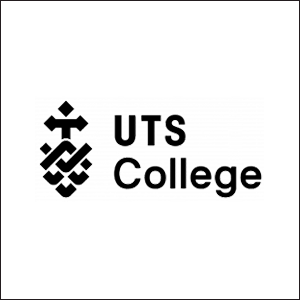
UTS – Diploma of Science
UTS College Sri Lanka Overview The Diploma of Science is designed to empower you to apply scientific thinking and analysis to important… -

CSA – Master of Architecture and Environmental Design
City School of Architecture Overview The Master of Architecture and Environmental Design Degree at CSA is awarded by the University of the… -

APIIT – BSc (Hons) International Business Management
APIIT Sri Lanka Overview Increasingly businesses are becoming more and more international. This requires business management professionals to have knowledge, skills and… -

IIT – BSc (Hons) Artificial Intelligence And Data Science
IIT Campus Overview The BSc (Hons) Artificial Intelligence and Data Science course is awarded by Robert Gordon University (RGU) in the UK… -

ICBS – International Degree Foundation in Business / IT
ICBS Overview The Scottish Qualification Authority (SQA) is a globally recognized organization dedicated to education and qualification development. SQA is responsible for… -

APIIT – BA (Hons) Finance and Business Enterprise
APIIT Sri Lanka Overview Finance and accounting are no longer just about taxation and the management of financial capital. This award will… -

APIIT – MBA General
APIIT Sri Lanka Overview The MBA is awarded by Staffordshire University, UK. This award is an advanced course of study in management… -

ANC – LLM in International Business & Commercial Law
ANC Education Overview This course is designed for graduates of law, business and finance in a legal or a corporate job role… -

AOD – BA (Hons) Fashion Design and Marketing
Academy of Design Overview The syllabus is from the UK’s Northumbria University, as one of their most revered flagship programmes and is… -

APIIT – MSc. Marketing Management
APIIT Sri Lanka Overview This MSc Marketing Management degree – awarded by Staffordshire University, UK is an advanced course of study in…
Newswire
-

Factum Special Perspective: Modi in Sri Lanka
ON: April 2, 2025 -

Food Security Committee recommends importing rice
ON: April 2, 2025 -

High tourists arrivals : numbers released
ON: April 2, 2025 -

Private sector minimum wage to be increased
ON: April 2, 2025


